Tom Orde-Powlett is determined not to see curlew disappear on his watch and is hoping to host a pair of hen harriers
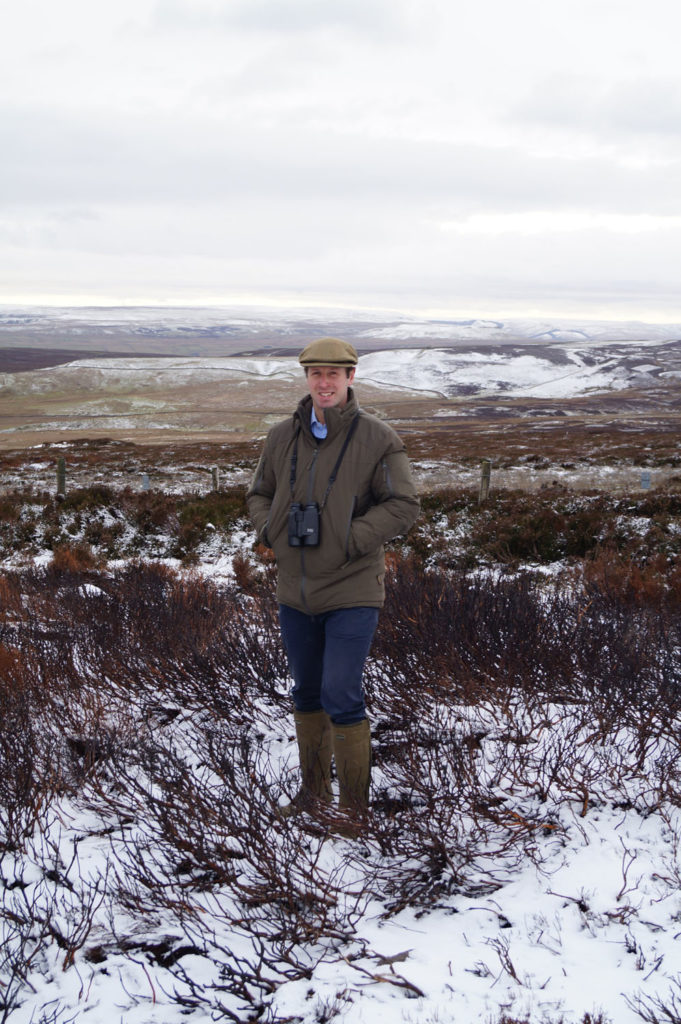
Tom Orde-Powlett is involved with a wide range of conservation projects on his family’s estate at Bolton Castle in Wensleydale, North Yorkshire. The 12,500-acre estate includes 6,000 acres of upland grouse moor run by Tom’s father, Lord Bolton. The remainder is made up of 23 tenant farms averaging 260 acres with a mix of sheep, beef and dairy, much of which supplies the local Wensleydale Cheese Creamery. Some permanent pasture and wildflower hay meadows remain alongside the silage fields, which make up the majority of the cropping regime.
Estate facts
- Location: Bolton Castle Estate, Wensleydale, North Yorkshire
- Type of farming: Sheep, beef and dairy
- Acreage: 12,500
- Funding grants: HLS, Forestry Commission, Yorkshire Dales National Park
Tom’s interest in conservation started at a young age and grew from his love of country activities. He said: “I’ve always loved fishing and grew up dreaming of having salmon and otters in the river, which we now have. The management of the fishing put me in touch with the Rivers Trust, and we’ve worked with them and the Environment Agency on the Ure recovery project, which has been incredibly successful. Contrary to the global trends, our wild salmon are increasing.”
When asked how much unpaid work Tom does for conservation, he replied: “After a time the real interest starts to become the management. Last season I probably fished for two hours but spent several days working on the river bank coppicing some ancient woodland. If you asked my wife, she’d say, ‘Far too much!’”
“I don’t want to be part of the generation that loses the curlew in Wensleydale”
Tom Orde-Powlett
Tom’s current conservation focus is the curlew, which is globally threatened and since 1970 has declined 64 per cent across the UK, 97 per cent in Northern Ireland and 80 per cent in Wales. Bolton has one of the remaining healthy populations of both breeding and overwintering birds left in the UK.
Tom said: “My step-grandfather came up here a few years ago and we drove over the moors in spring listening to the calls of the curlew, and he was close to tears, saying this is what his native Shropshire used to be like only 40 years ago. I don’t want to be part of the generation that loses the curlew in Wensleydale.”
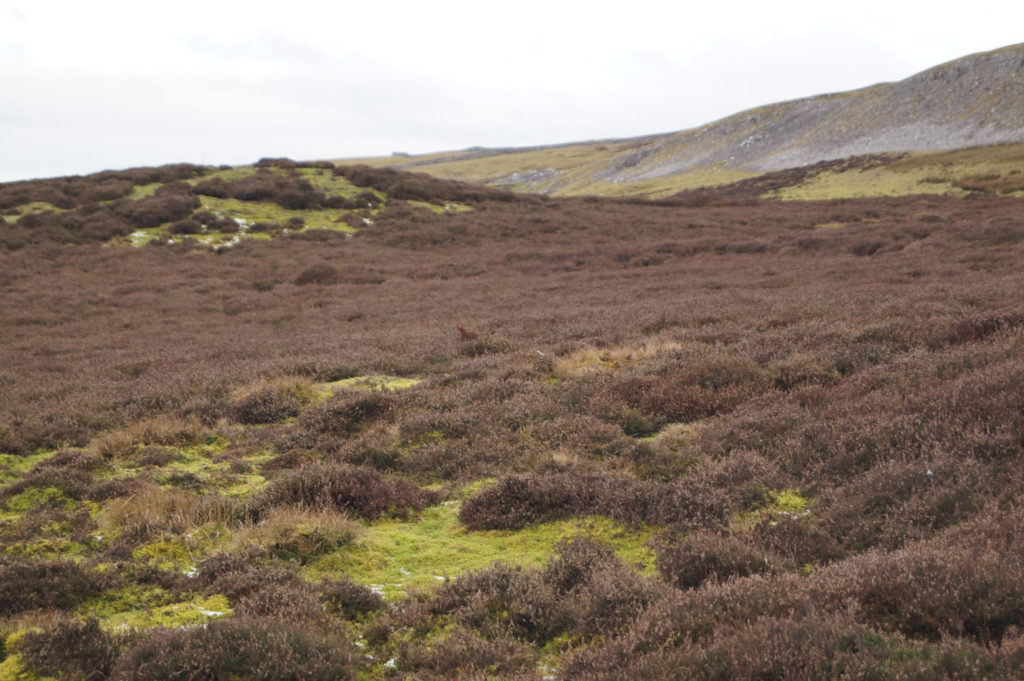
Last April, a 180-acre farm known to support a good population of curlew and lapwing came back in hand and Tom engaged GWCT advisor Jennie Stafford to develop a conservation plan. The farm presents some challenges. The drainage is largely blocked so it’s wet, which is great for waders, but most of the boundaries will need to be repaired before they can plan a proper grazing regime to deliver the desired fauna and flora. There is also a mole infestation, which are a serious problem in the Dales.
Tom explained why it is an example of a clash between modern farming methods and conservation, whether hay or silage: “When a cut is taken,
any earth picked up contaminates the crop, making it useless, so farmers usually chain harrow the ground to get rid of the molehills. This is fine in most places, but not here where we have ground-nesting lapwing, curlew and skylarks, so we need to find a way round.”
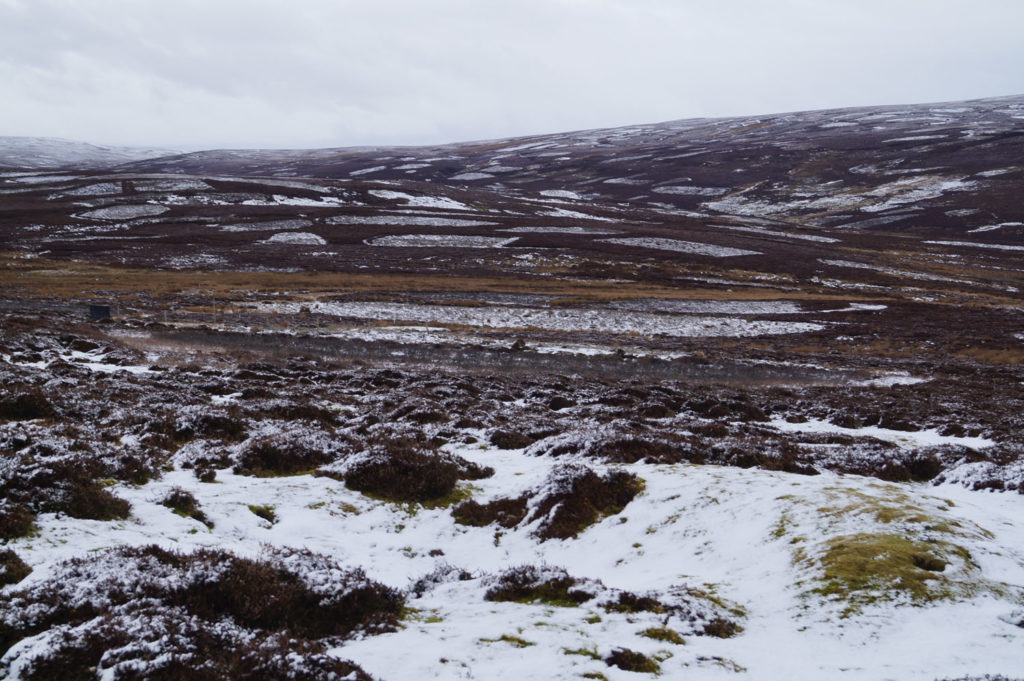
In addition to the farm and hosting an annual Curlew Conference to bring stakeholders together, Tom has teamed up with the British Trust for Ornithology, Jill Warwick of the local Nosterfield Nature Reserve, and licensed canon netter Robin Ward of the International Wader Study Group to tag some of the overwintering birds. So far, they have managed to colour mark 41. Of these, 28 have been re-sighted post 2016 breeding season, one of which was also seen with two chicks on the moor, just eight kilometres from its winter roost.
Another essential pillar of curlew conservation is control of generalist predators such as foxes and crows. At Bolton this is carried out by the gamekeepers, who are employed by the grouse and lowland pheasant shoots run by Tom’s father.
Tom explained: “The benefits of keepering were definitively proven by the GWCT’s Otterburn study. If driven grouse shooting ended, predator control would stop and there would be no future for any ground-nesting birds in the uplands. Across the country you would be looking at hundreds of thousands of curlew, lapwing, golden plover, merlin, ring ouzel, all disappearing, over the next 30 years.”
Tom believes there is much common ground between non- shooting conservationists and the shooting community because the vast majority on both sides want to see a healthy balance of predator and prey. The divergence is often about where that balance lies and the current controversy surrounding hen harriers is a case in point.
He explained: “I couldn’t be more positive about having a pair of hen harriers nesting at Bolton, but I would be terrified of having a colony because it would make grouse shooting unviable, and when we could no longer afford to employ keepers, all the vulnerable prey species like curlew and golden plover would be lost.”
The brood management trial launched in 2019 by Defra allows qualified experts to see if chicks can be successfully removed and captive-reared then released away from the donor estate in nearby suitable habitat. Tom sees it as a solution to the conflict.
He said: “I wish more of the debate about hen harriers and brood management had focused on curlews. Predation of curlew chicks has played a huge part in their decline, and brood management is a fantastic way of protecting our remaining strongholds of vulnerable waders, alongside increasing the numbers and range of hen harriers. I am absolutely confident that we can have sustainable populations of curlews and hen harriers, but both will depend on gamekeepers maintaining their habitats and controlling predation.”
“Brood management is a fantastic way of protecting our remaining strongholds of vulnerable waders”
Tom Orde-Powlett
For Tom, rather than being in conflict with conservation, driven grouse shooting is actually driving it. He said: “The irony is that moors were designated SSSIs because of their management as grouse moors. It is thanks to 150 years of keepering that they look as they do and support such a range of wildlife. In the ’80s it was only grouse shooting that protected these uplands from forestry, and if they ever become woodlands it would be bye bye waders! Simply stamping ‘SSSI’ on something won’t help the wildlife in itself. Someone’s got to actively manage it.”
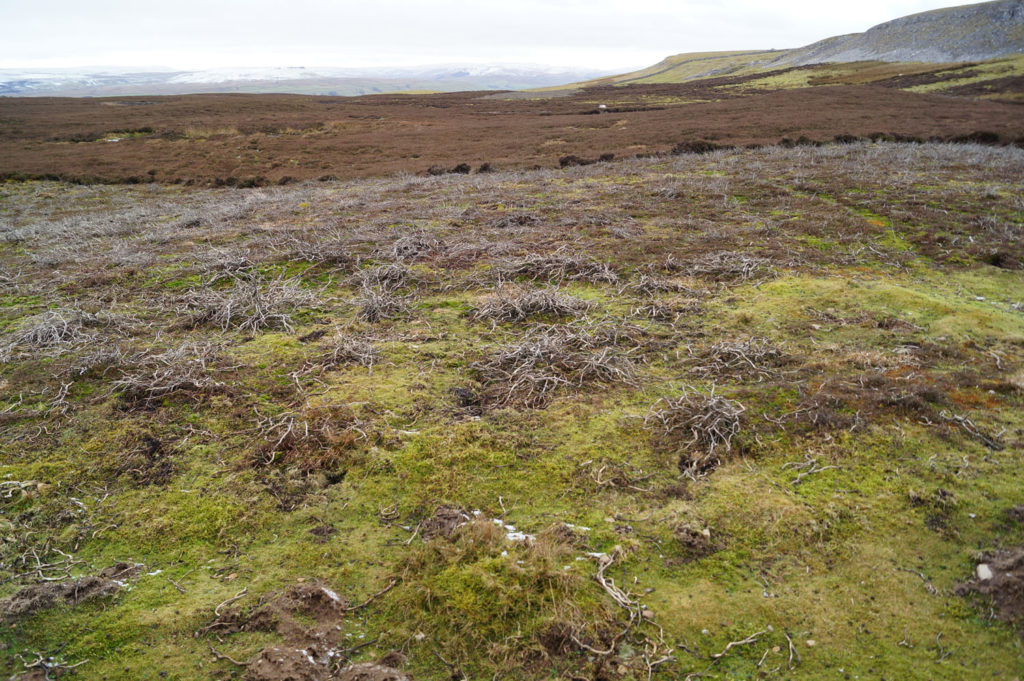
Tom explained that when the estate first entered HLS in the early ’90s, a lot of traditional moorland was being lost, so Natural England’s emphasis was on increasing heather cover. It is now agreed that a more varied habitat with patches of heather, sphagnum moss and white grass is preferable. Management at Bolton changed accordingly, with tree planting in ghylls, controlled grazing, and burning only the tops of the heather (cool burn) and in smaller patches so the sphagnum can be allowed to grow where it would otherwise be stifled, eventually producing more peat. It has taken more than 20 years but it’s starting to bear fruit, with greater areas of moorland coming into ‘favourable condition’ every year.
Conservation in numbers
- 41 curlew colour ringed
- 180-acre farm managed for curlew
- 5,500 acres in HLS
- 200% increase in bird species since 2007
The impact on birdlife is striking. A breeding bird survey has been done on the same grid square since 2007 and the number of bird species has increased by over 200% from 13 to 40 and total birds of any species from 87 sighted to 444, including curlew, red grouse, golden plover, lapwing, snipe, woodcock and oystercatcher. As well as wading birds, the moors are host to many raptor species, including short-eared owls, kestrels, merlins and peregrine falcons. Tom said: “People often see more birds of prey on a day of driven grouse shooting than almost anywhere else, and it isn’t unusual to see red kite, hen harrier, buzzard and peregrines on the same day.”
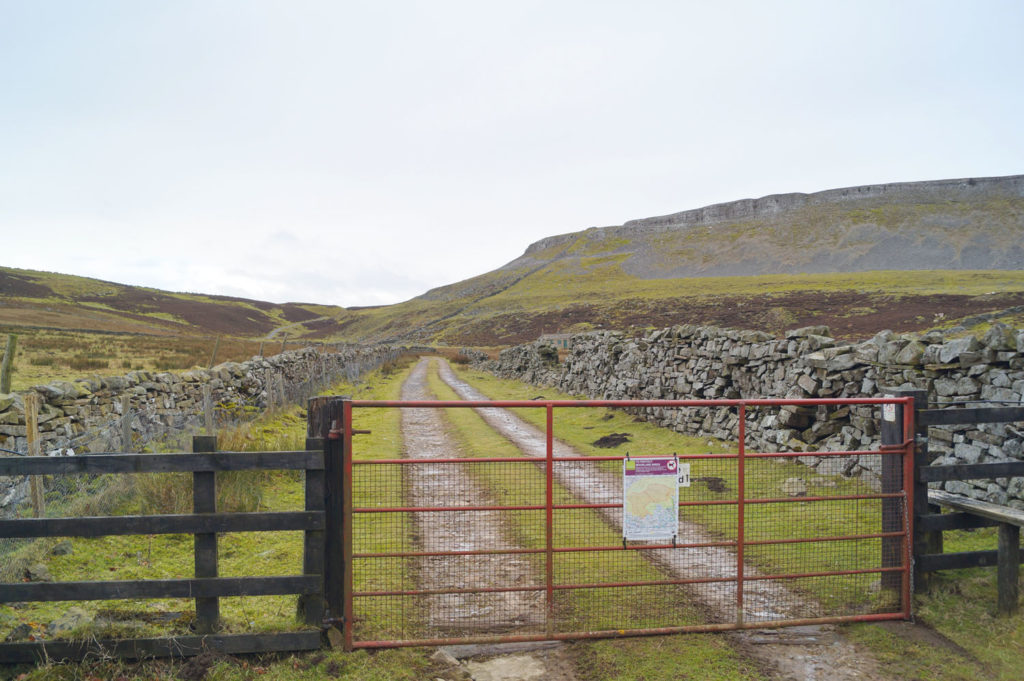
Despite putting up signs asking people to keep to the footpath and dogs on leads, those who ignore the countryside code pose a serious threat to birds. “If birds are being disturbed on the nest frequently when it’s cold and they leave for too long, the eggs or chicks will chill and die.” However, Tom recognises that improving public access to the countryside is essential
and welcomes walkers to the moor. He said: “I’ve stopped to talk to hundreds of walkers over the years. The vast majority understand the work that goes in and want to celebrate what a beautiful place it is and how many birds they’ve seen. We leave our shoot lunch hut open for walkers to take shelter and we’ve had some lovely comments.”
Looking ahead, Tom would like to see a return to a less polarised situation on both sides of the driven grouse debate and a more collaborative relationship between conservationists and the people who work the land for the benefit of curlew and other wildlife. For everyone involved it’s got to be about genuine collaboration. “You’ve got to be able to go and have a pint and listen to each other’s points of view. Tension soon breaks down and you discover a joint passion for birds and so much knowledge to share.”
